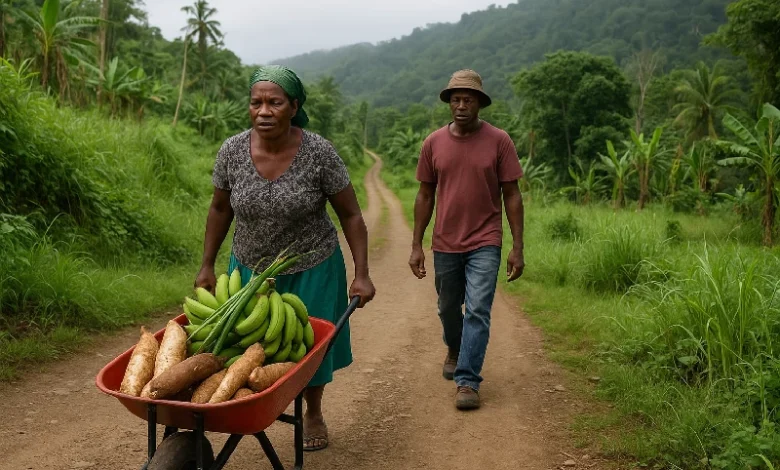Feeder Roads in Dominica

Feeder Roads in Dominica play a vital role in connecting rural agricultural zones to main roadways, markets, and service centres. These secondary roads are essential for farmers, traders, and rural communities to access economic opportunities and government services. Their improvement is central to food security, trade, and climate resilience in the country.
The Importance of Feeder Roads in Agricultural Dominica
Feeder roads are integral to the success of Dominica’s agriculture sector, particularly in transporting produce such as bananas, plantains, root vegetables, and citrus fruits. The National Agricultural Policy and Action Plan identifies road access as a top infrastructural priority. These roads link farming areas like Layou Park, Despor, Campbell, and Sylvania to packhouses such as the Glanvillia Packhouse and DEXIA’s Multi-Purpose Packhouses.
They also serve programs like the Organic Dominica Initiative, National Association of Youth in Agriculture (NAYA), and projects under the Public Sector Investment Programme (PSIP) and the Emergency Agricultural Livelihoods & Climate Resilience Project (EALCRP). With climate events like Hurricane Maria damaging key infrastructure, these roads have become central to discussions around climate resilience, as detailed in the Resilient Dominica Physical Plan (RDPP).
Strategic Upgrades and Government Support
A series of national upgrades to at least nine major feeder and farm roads are set to begin in September 2025, under a $15 million programme funded through government and multilateral partnerships. This initiative aligns with Dominica’s Food Security Crisis Preparedness Plan (FSCPP) and the Growth and Social Protection Strategy (GSPS).
The Ministry of Agriculture, supported by units like the Agriculture Investment Unit and Extension Services Unit, oversees road rehabilitation plans. These roads directly benefit areas engaged in subsistence farming and agro-processing.
Community Connectivity and Economic Development
Rural councils such as the Marigot Village Council, Boetica Village Council, and Grand Fond Village Council consistently lobby for feeder road improvements, recognizing their link to economic inclusion. Roads in Belles, Capuchin, Morne Jaune, Tete Morne, and Castle Bruce support communities tied to cooperatives like the Cochrane United Farmers Group and the Castle Bruce Farmers’ Cooperative.
Feeder roads are critical in expanding access to agro-tourism locations such as Cocoa Cottages, Nature’s Indigenous Adventures, and Jungle Bay Dominica, enabling tourists to explore agricultural heritage alongside natural attractions like Middleham Falls and Morne Trois Pitons National Park.
Challenges and Long-Term Vision
Despite government investment, feeder roads face degradation from erosion, insufficient drainage, and limited maintenance budgets. As Dominica pursues sustainable development and green energy, road resilience is linked to broader efforts, including the Dominica Geothermal Development Project and the National Adaptation Strategy (NAS).




